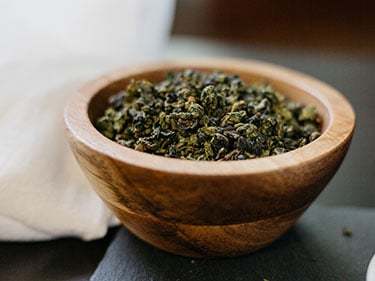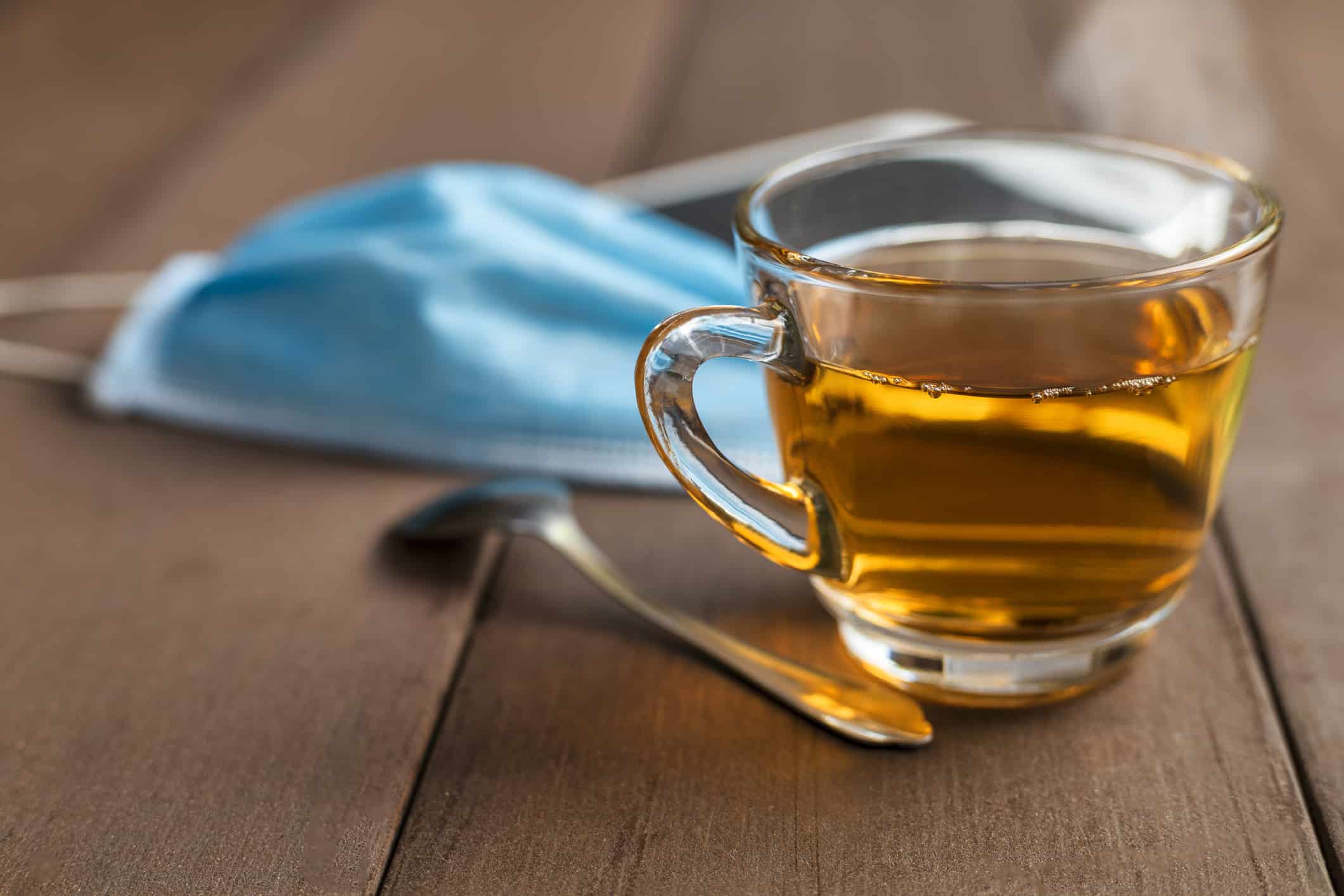
In 2020, the COVID-19 pandemic caused tremendous personal and professional hardship for many people in the tea community. At Tea Review, we called a big “time out” early in the year. It just wasn’t the right time to ask our volunteer Tasting Panel members and advisors take time away from their families and professional obligations to work on a 100-point tea rating system. Some things can wait. Others can’t.
The COVID crisis is far from over in early 2021 but we feel like we have found more solid footing. In talking to our advisors and cuppers, there appears to be an appetite among some to get back on the horse. So, we’re pleased to report that we are going to pick up where we left off in early 2020.
We’ll miss some of our original team but we’re excited to add the expertise and energy of some new Tasting Panel members. We’re pleased to welcome Tony Gebely, an author of multiple books about tea as well as the founder of Tea Epicure, an online publication that rates teas. We’re pleased that Danielle Hochstetter is also joining our impressive group of cuppers.
In February, the Tea Review plans to conduct a calibration cupping of black teas. Be sure to sign up for our newsletter or follow us on Twitter to track our progress.
Stay safe and healthy!

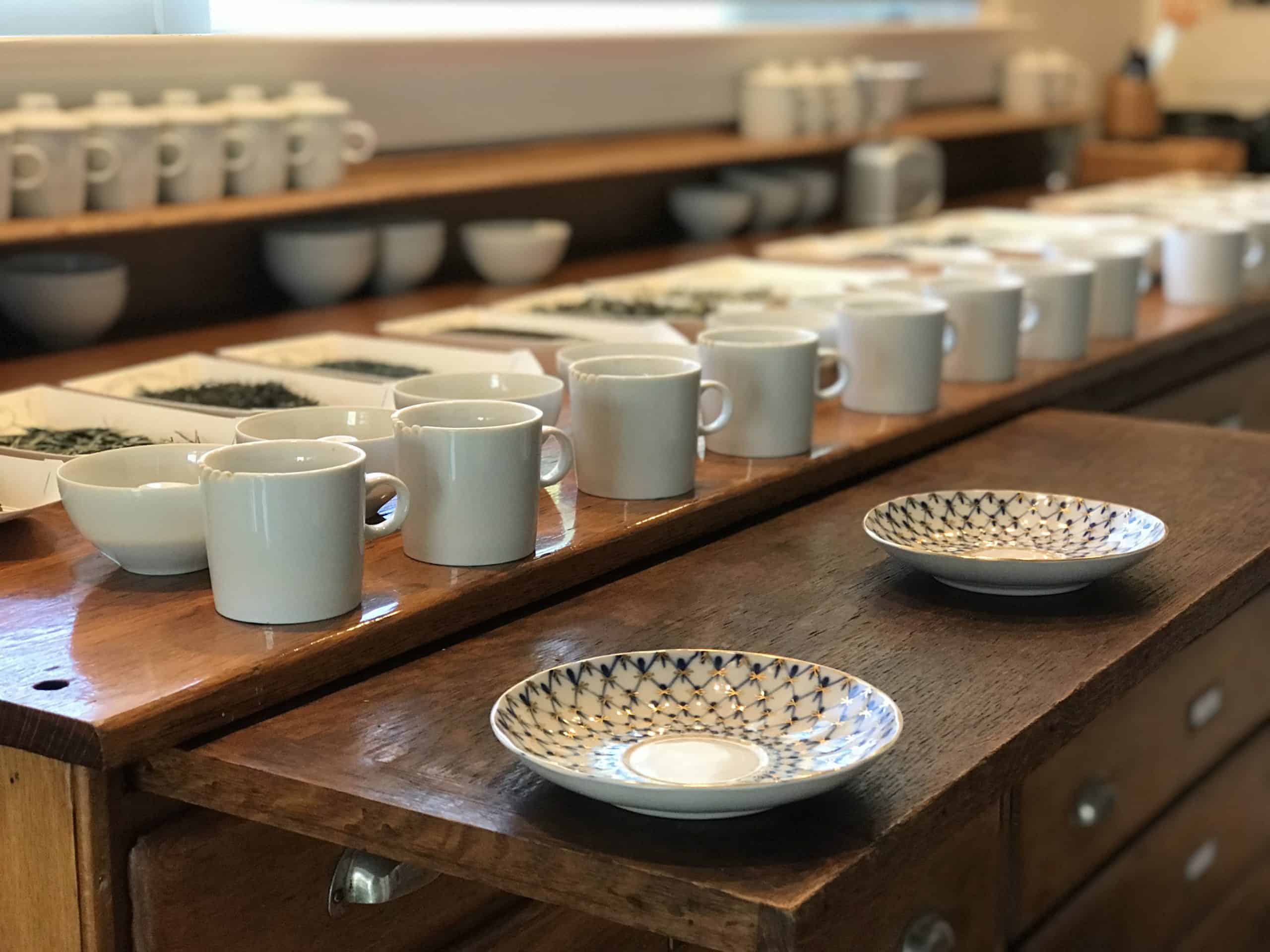 Late last year, we conducted the first in a series of group cuppings that will help pioneer 100-point wine-style reviews in the tea industry. As a refresher, you can view the
Late last year, we conducted the first in a series of group cuppings that will help pioneer 100-point wine-style reviews in the tea industry. As a refresher, you can view the 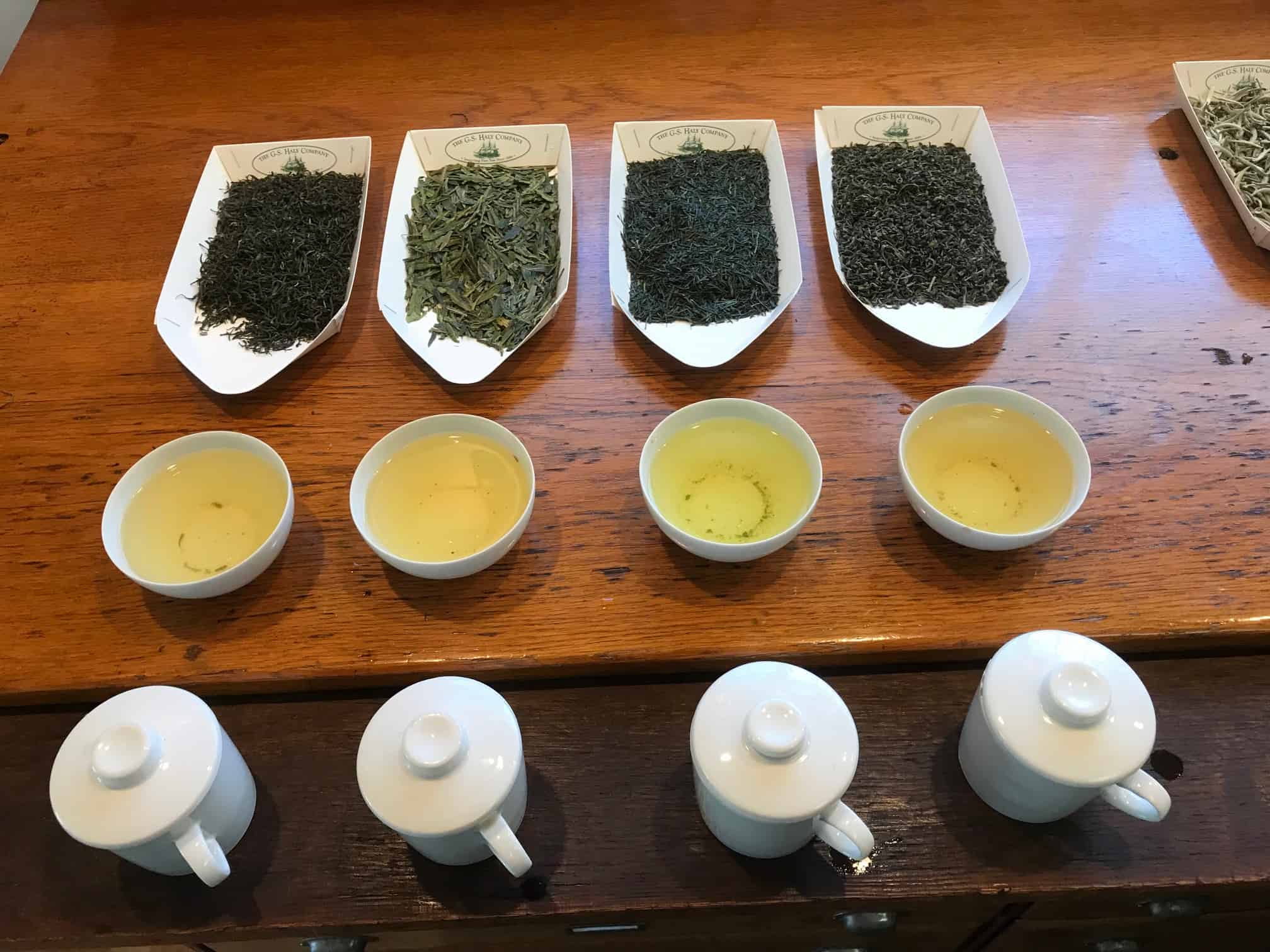
 Ron Walters, founder of Tea Review, will be a speaker at the
Ron Walters, founder of Tea Review, will be a speaker at the 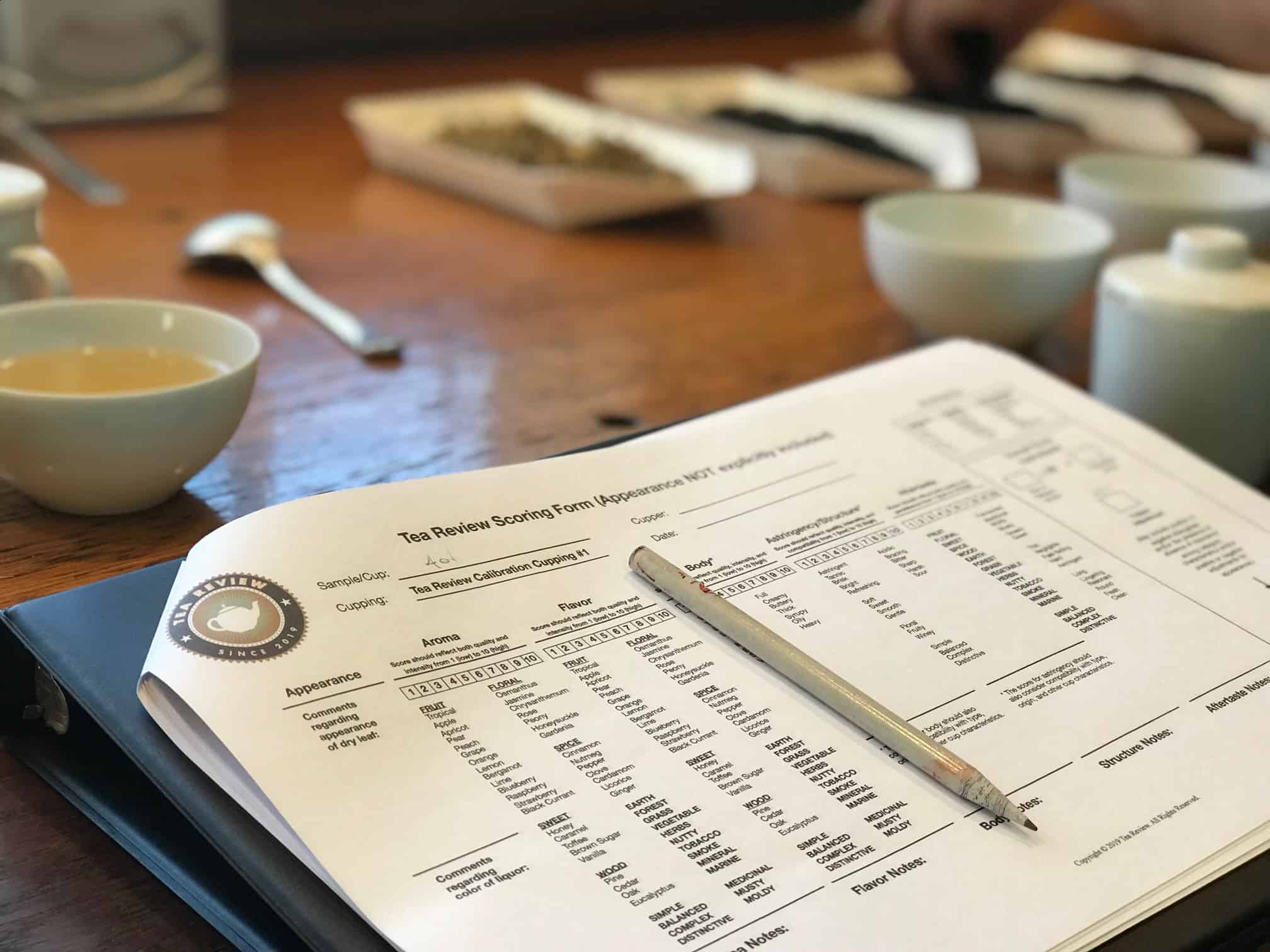 Unlike the wine and coffee industries, the tea community lacks a widely recognized 100-point rating system that conveys a tea’s quality on numerical scale. Sure, every day, tea industry professionals around the world rigorously evaluate teas, make judgments, and share highly informed opinions with each other and consumers. However, there are no agreed upon evaluation criteria or standards nor scoring methodologies that allow tea professionals and consumers to reliably associate sensory experiences with numerical scores and vice versa. As a result, there are no credible, objective 100-point wine-style reviews to help tea lovers make informed purchase decisions that will increase their appreciation, enjoyment, and consumption of tea. Tea Review seeks to change that.
Unlike the wine and coffee industries, the tea community lacks a widely recognized 100-point rating system that conveys a tea’s quality on numerical scale. Sure, every day, tea industry professionals around the world rigorously evaluate teas, make judgments, and share highly informed opinions with each other and consumers. However, there are no agreed upon evaluation criteria or standards nor scoring methodologies that allow tea professionals and consumers to reliably associate sensory experiences with numerical scores and vice versa. As a result, there are no credible, objective 100-point wine-style reviews to help tea lovers make informed purchase decisions that will increase their appreciation, enjoyment, and consumption of tea. Tea Review seeks to change that.